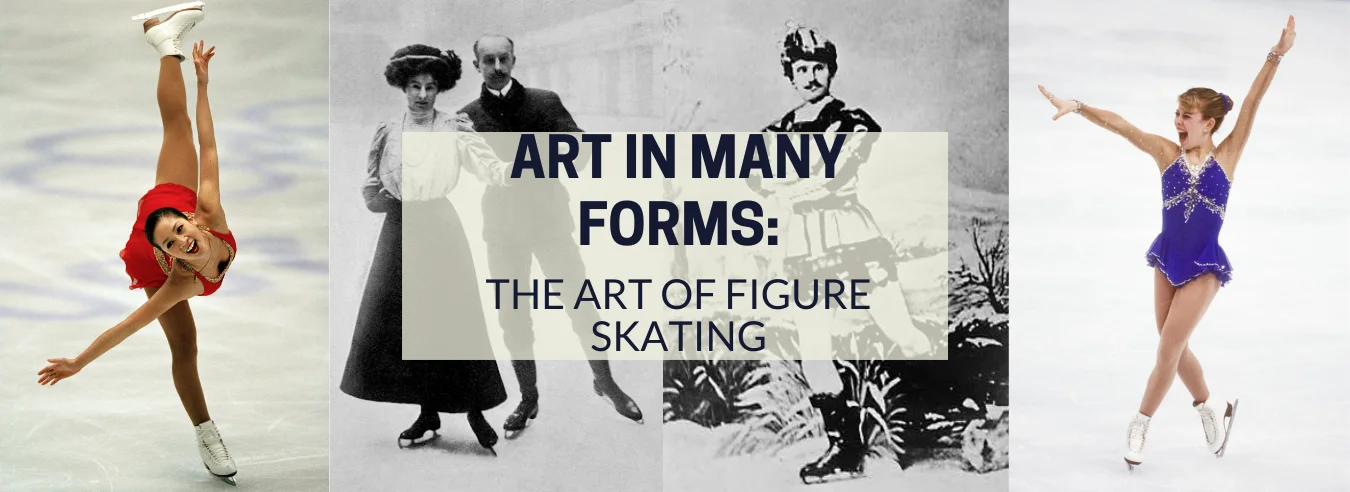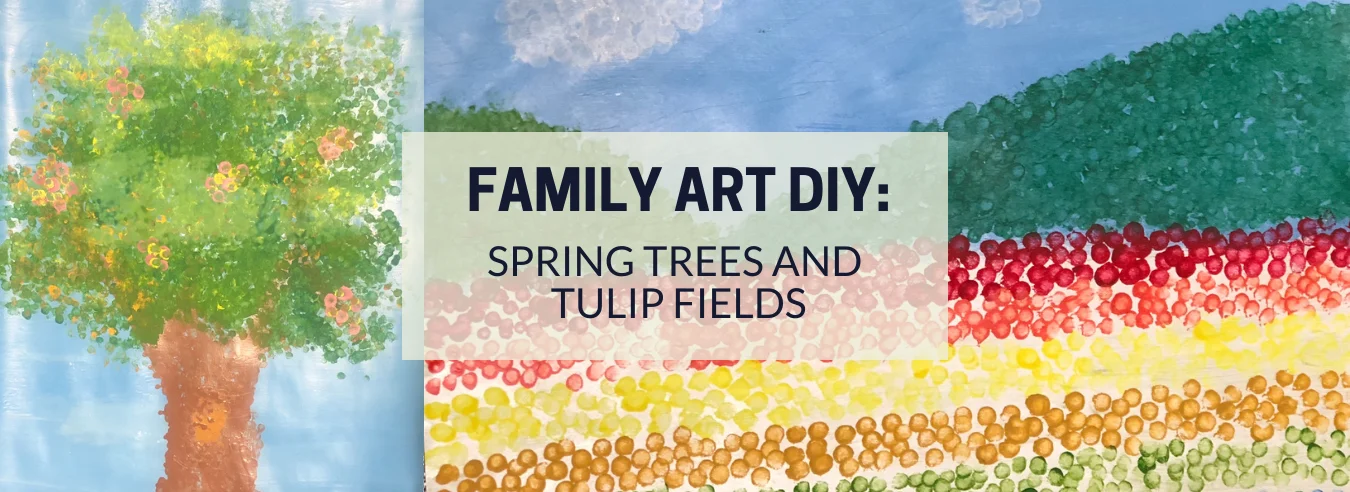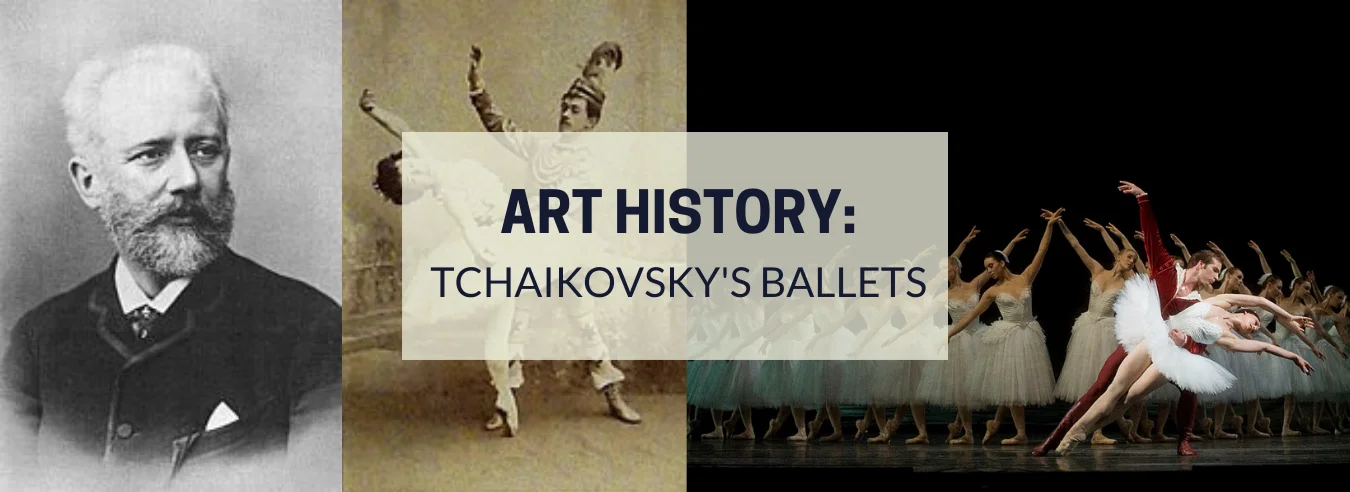Figure skating beautifully blends the athleticism and strength of sport with the grace and precision of dance. This combination can lead to extraordinary performances where figure skaters appear to effortlessly glide across the rink as they jump and spin through the air, dancing on ice. While displaying their incredible technical talent, they also creatively interpret their accompanying music. By illustrating their emotions through movement and expressions they invite the viewer in. A performance art at its core, it is an art form presented on a global stage to mesmerized audiences.
Let’s explore figure skating and how it evolved to become the performance art we find ourselves captivated by today.
A Brief History
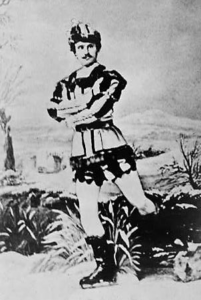
The origins of modern figure skating as we recognize it today can be traced back to the last few centuries. Welshman Robert Jones wrote the first known book on figure skating and improved the design of ice skates so that shoes could be screwed on to skates. Then in the mid-19th century, Jackson Haines, an American ballet dancer and figure skater changed everything.
Known as the “father of modern figure skating,” he invented an entirely new style known as the “international style.” He chose to expand beyond the traditional rigid movements, instead opting for larger, freer and more open movements inspired by his dance background. This style immediately took off in European countries. However, it wasn’t until after his death that the United States also embraced it. Haines laid the foundation for the spectacular performances that we know today.
Winter Olympics
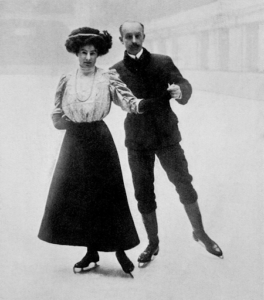
Figure Skating was the very first winter sport to be included in the Olympics at the 1908 London Summer Olympics. However, it would take another sixteen years before the first Winter Olympics were held in Chamonix, France. There are four disciplines in which figure skaters can compete in the Olympics today. They are: men’s singles, ladies’ singles, pair skating, and ice dance. Since televising the Olympic games, figure skating has continued to increase in viewership worldwide.
In 1993, the National Sport Study II ranked the most popular spectator sports in the United States. Ladies’ figure skating was listed as second. This would place it just behind the NFL. That same year, three figure skaters: Peggy Fleming, Dorothy Hamill, and Scott Hamilton were included in the top eight most popular athletes in the United States. The first night of the 1994 ladies’ figure skating competition at the Olympics drew in extremely high ratings. In fact, they were even higher than the Super Bowl. Taking place just three weeks apart, it officially cemented the immense popularity of the sport.
Performance Art
While figure skaters are athletes, as are dancers, their performances are shaped by their mastery of artistry. Figure skaters train for hours a day to perfect their skills. The jumps, spins and lifts require enormous amounts of effort to learn and master. The footwork and spirals demand repetitive practice to become as natural and appear as effortless as walking.
Dance
It is oftentimes these particular pieces of a performance that garner standing ovations. However, it’s the almost imperceptible moments in between that can make all the difference. The way a figure skater carries themselves is a small, but critical, component in the execution. The moments of dance that carry the performance from one awe-inspiring trick to the next provides continuity. For example, the way an arm is held gracefully from shoulder to fingertip, or the balanced angles of an elongated body can be considered visual art. These moments assist in the storytelling and creation of emotion connecting the artist to the audience.
Music
The music selection incorporated into a piece adds another level of artistry to a performance. It sets the tone and intention for the audience about the type of performance they are about to absorb. Skaters interpret their musicality and demonstrate nuances through their movement to elevate their piece. The design of the program is to intentionally be in harmony with the music. The artists’ movements should mirror the notes as they rise and fall. Timing and synchronization to the tempo and beat are critical to the overall cohesiveness and presentation.
Pair Skating
As spectacular as individual figure skating can be, it can be amplified to an even greater magnificence when paired with a partner. There are tremendous skills that are only attainable with a skating partner. The artistry becomes even more apparent when two skaters are moving in unison and feeding off the other’s energy. The pair must stay completely in sync throughout their performance, as the slightest shift or hesitation can be detrimental to their performance.
The combination of these individual elements are fundamental in elevating figure skating to a brilliant performance art.
Jayne Torvill and Christopher Dean’s 6.0 performance at the 1984 Winter Olympics. Via YouTube.com.
Recent Achievements and Popularity
Figure skating in the United States has become immensely popular and is one of the most anticipated sports. This is thanks, in part, to those on our Olympic teams we cheer for. Their successes have made them household names to people of all ages. Many continue to involve themselves in the sport while also encouraging the next generation of artists. Their legacies live on and continue to motivate those who want to achieve the same for themselves.
Michelle Kwan
Retired figure skater Michelle Kwan is a two-time Olympic medalist, a five-time World champion and a nine-time U.S. champion and considered one of the greatest figure skaters in history. After her long and successful career, she was appointed the first U.S. diplomacy public envoy. She continues her involvement in public policy and politics to date. Kwan is an avid voice for and supporter of minorities both on and off the ice and for equality for all.
View this post on Instagram
Via Instagram.
Tara Lipinski
Tara Lipinski is a former competitive figure skater in ladies’ singles who famously won the 1998 Olympics and the 1997 World Figure Skating Championships where she became the youngest female skater to win both titles. Meanwhile, Lipinski won every competition she entered during her professional career. Further, she went on tour to perform in over 300 live shows. She is now a sports commentator, commentating for skating in two Olympics and other skating programs.
View this post on Instagram
Via Instagram.
Adam Rippon
Former figure skater Adam Rippon won gold at the 2016 U.S. National Championships and won a bronze medal at the 2018 Winter Olympics as part of the figure skating team event. At the games that year, he made history as the United States’ first openly gay athlete to win a medal at the Winter Olympics. On his Instagram, he posts a series of videos called #RippOff. First and foremost he performs other figure skaters’ routines in addition to his own. Additionally, he is currently a choreographer as well as an advocate for equal rights.
View this post on Instagram
Via Instagram.
Social Media Amplification
Social media has made it easier for people to access videos, photos and new information. As a result over the last few years, figure skating has been no exception. Figure skaters of all ages and levels of expertise are able to share their art with the world. Similarly, they have also been able to share their personal experiences with the sport. Some have used their platform to spotlight areas of importance to them. Below is one such skater. He is connecting with new fans and aspiring artists to encourage them to chase their dreams through this medium.
Elladj Balde
Canadian figure skater Elladj Balde recently found fame after posting breathtaking videos of him skating. They include him gliding on frozen lakes framed by snow-capped mountains and wowing viewers with his signature backflip. As a biracial man, there were few black figure skaters to look up to as he excelled in his art. He didn’t quite “fit the mold” of those around him and found it difficult to appreciate his uniqueness. As he gained fans, he made it his mission to inspire people of color to join him. Along with figure skater Mariyah Gerber and coach Michelle Hong, they started the Diversity and Inclusion Alliance. Their goal is to make figure skating a more diverse and inclusive sport. They want to encourage the next generation to believe in themselves and achieve their potential.
View this post on Instagram
Via Instagram.
Figure skating may not be the first thing that comes to mind when one thinks of a performing art. In the same vein as dance and theater, it evokes emotion and a response from its audience. It is an avenue that allows the artist to be creative and to express and share their message. Without this key element, figure skating wouldn’t capture our hearts and keep us at the edge of our seat.

